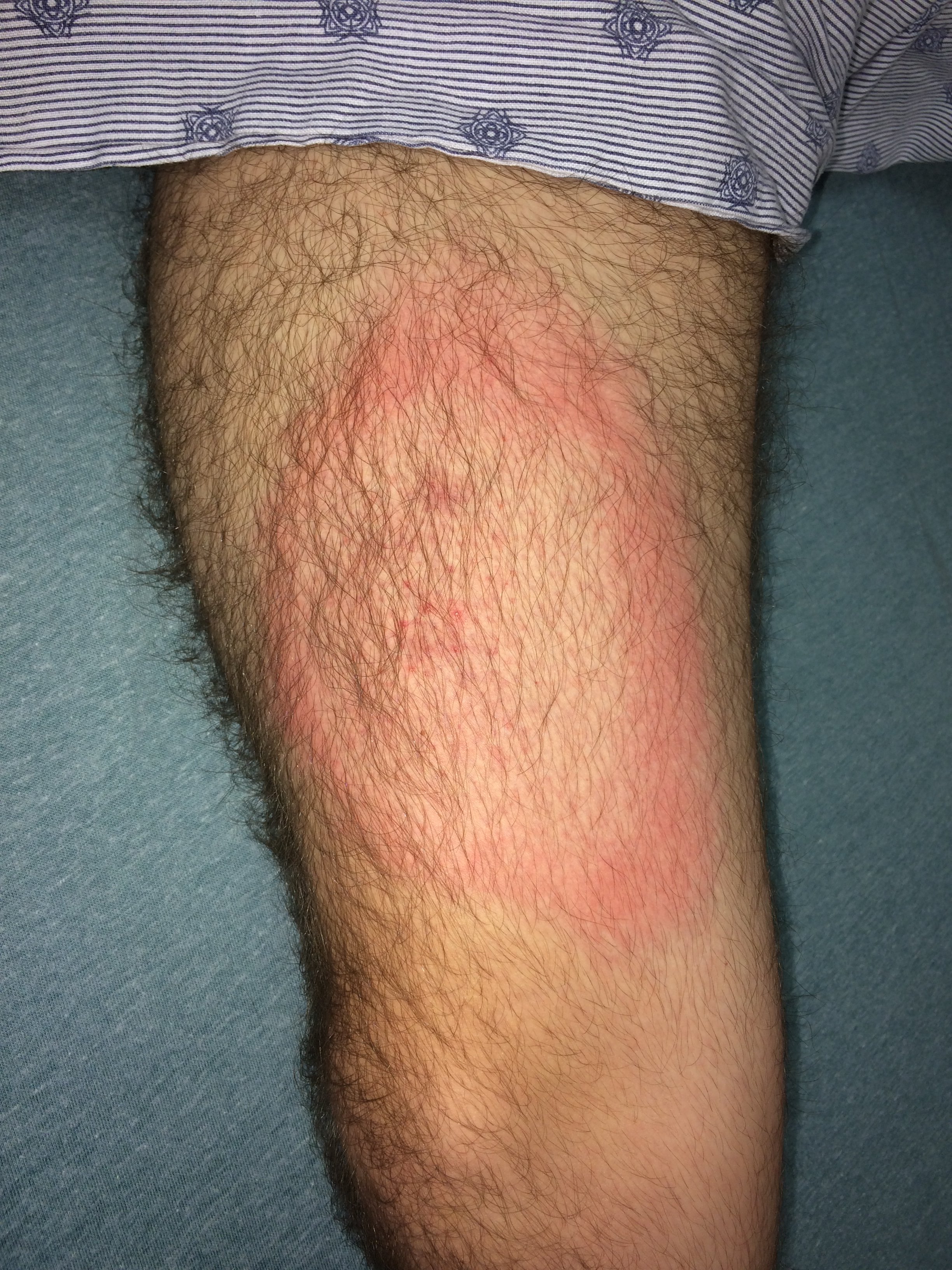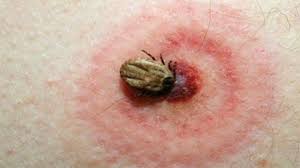

In the case of Rocky Mountain spotted fever, therapy should be started when the disease is suspected and should never be delayed for confirmatory tests. Most tick-borne illnesses respond readily to doxycycline therapy. Other important emerging diseases include human anaplasmosis, southern tick associated rash illness, human monocytic ehrlichiosis, and a variety of rickettsial fevers including those caused by Rickettsia parkeri and Rickettsia amblyommii. Rocky Mountain spotted fever continues to be the most lethal tick-borne illness in the United States and is emerging as an important disease in South America. This paper will review the major ticks of medical importance and the diseases they transmit, including important emerging pathogens. Ticks are important vectors of disease worldwide, including Rocky Mountain spotted fever, Lyme disease, and Congo-Crimean hemorrhagic fever.

Also, do not squeeze or puncture the body of the tick as this may contain infectious organisms that cause disease.Fever and a rash following a tick bite can signify a true medical emergency. Do not twist or jerk the tick as this may cause the tick mouthparts to break off and remain in the skin.
#TICK BITE RASH SKIN#
While wearing protective gloves, gently grasp the tick with tweezers as close as possible to the skin and slowly, gently pull it upwards and away. The patient should be comfortably positioned so that the doctor can easily access the tick. Equipment necessary for tick removal includes gloves, isopropyl alcohol or other skin disinfectant, and fine-toothed forceps. Ticks still attached to the skin should be physically removed. If you begin to develop flu-like symptoms after a tick bite. If you see a rash developing at the site of the tick bite or other areas on your body. Others develop fatigue, fever, drenching sweats, nausea, vomiting, headache, muscle aches, joint aches and jaundice. Babesiosis Many people will not have any symptoms. The infection that tick bites can give you may begin to cause symptoms. Colorado tick fever Flulike symptoms include fever and chills, severe headache, achy muscles (myalgia), stiff neck, light intolerance and, in some cases, a spotted rash. Tick bite granulomas can be surgically removed. The tick bite itself may not cause symptoms except for some type of skin reaction, like a rash or a small hard lump. Itch resulting from a tick bite may be relieved with topical steroids and oral antihistamines. Additional tests may be done according to the tick identified and whether or not it is a vector for certain diseases. Sometimes if a tick is still attached, it can be removed and identified. Microscopic examination of skin biopsy specimens may assist diagnosis. How is a tick bite diagnosed?ĭiagnosis can be difficult, especially if the bite has gone unnoticed. Retained tick material and host scratching may increase the likelihood of this complication. Tick bites can develop wound infection due to secondary infection by bacteria such as Staphylococcus aureus and Group A Streptococcus. Tick bites can also rarely result in hair loss ( alopecia), which may resolve within 1 to 3 months, or be permanent. Over days to months, these lesions can form a tick bite granuloma a 0.5 to 2 cm nodule made up of mixed inflammatory cells. Many cases of the tick-borne disease occur in the summer months when ticks are most active.Ĭhronic or late skin manifestations of tick bitesĪcute skin lesions can persist and become papules, nodules (larger solid lumps), or plaques. In endemic areas, infections can also be acquired during routine activities. Risk factors for tick exposure include outdoor activities such as camping, hiking, walking in long grass, or contact with animals. This page will focus on skin diseases that occur as a direct result of tick bites. Viral diseases including tick-borne encephalitis, Crimean-Congo haemorrhagic fever, Colorado tick fever, Powassan encephalitis, and others.Rickettsial infections including Rocky Mountain spotted fever, other spotted fevers, ehrlichiosis and anaplasmosis, and Q fever.Bacterial infections including Lyme disease, relapsing fever, tularaemia, and babesiosis.When they take a blood meal, they can cause dermatologic disease directly by their bite, or indirectly as vectors of other diseases.


 0 kommentar(er)
0 kommentar(er)
